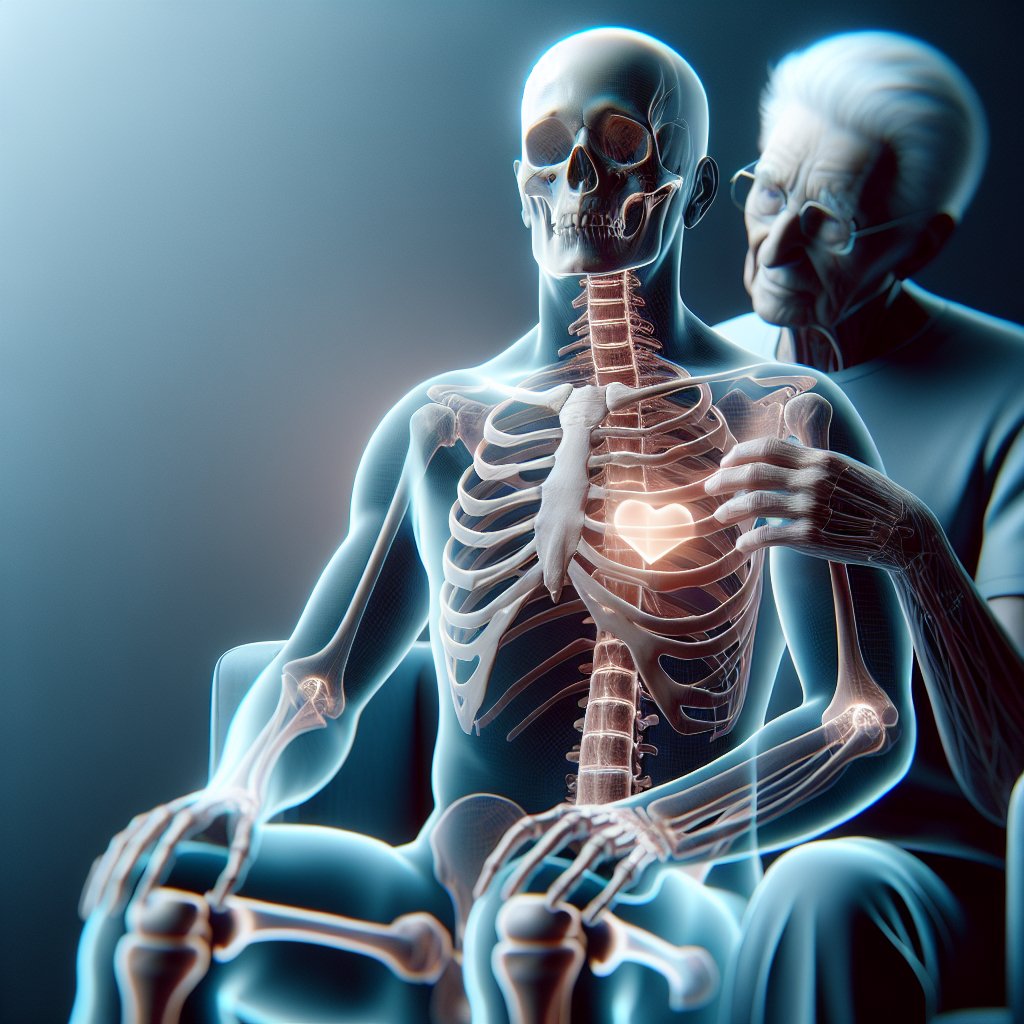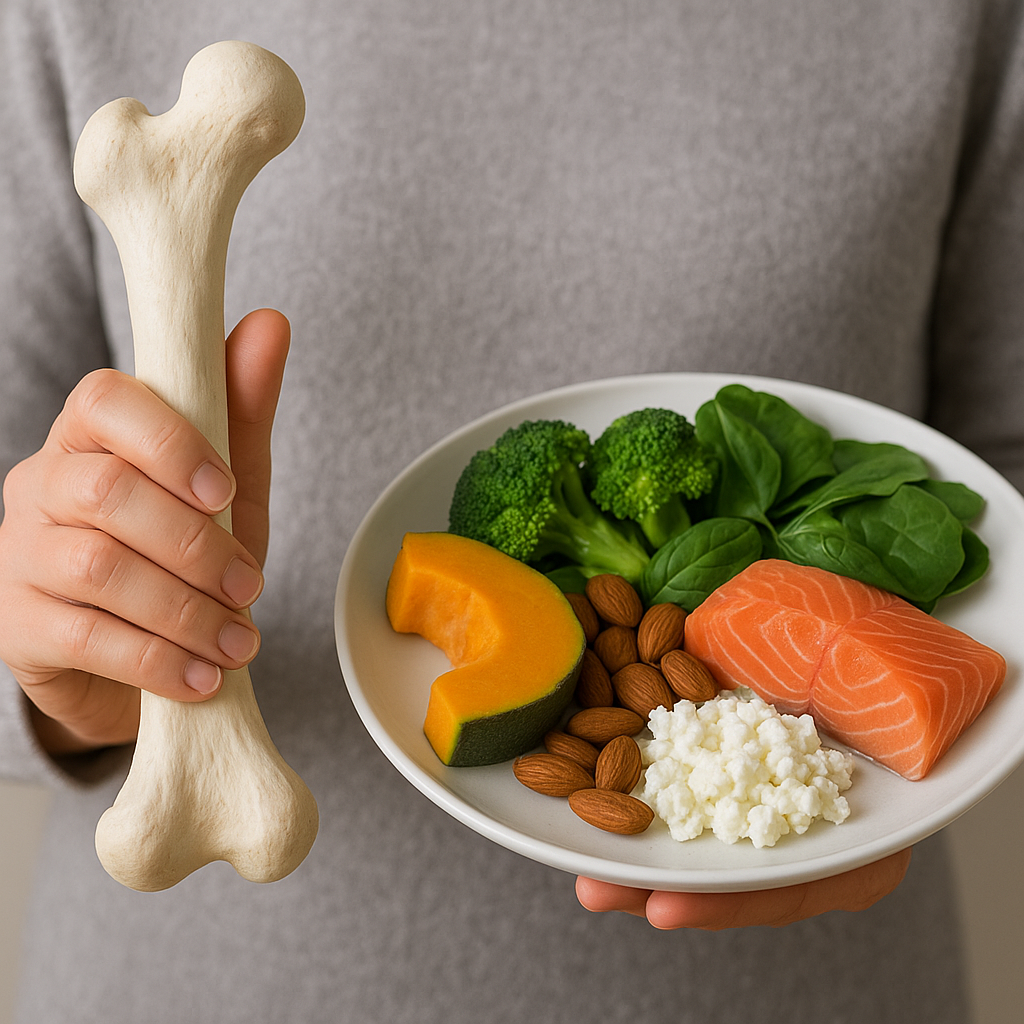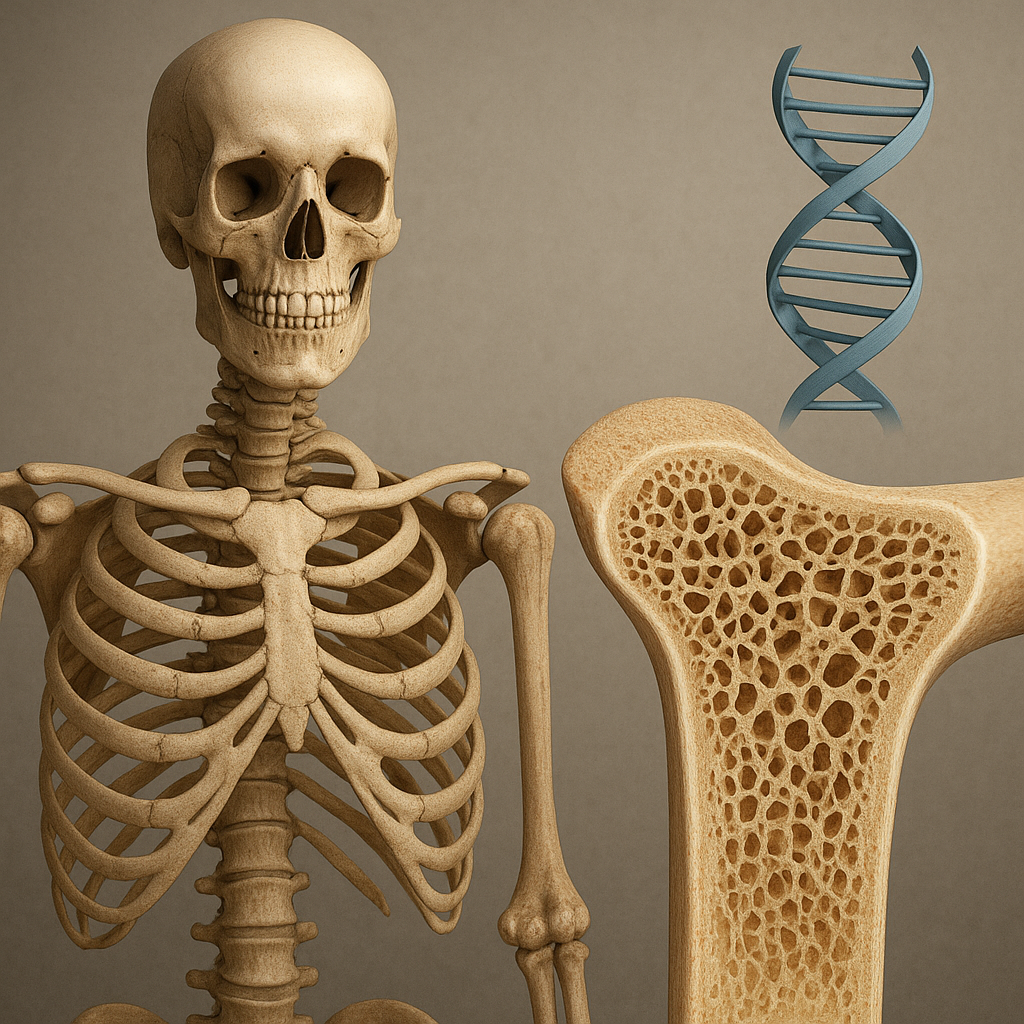The phenomenon of creaking or cracking bones as we age is a common experience that many people encounter, often leading to questions about its causes and implications for health. Understanding why our joints make these sounds can provide insight into the aging process and the overall health of our musculoskeletal system. This article will explore the reasons behind this phenomenon, the biological mechanisms involved, and the potential implications for our health as we grow older.
Understanding Joint Sounds
Joint sounds, often described as creaking, cracking, or popping, can occur in various parts of the body, particularly in the knees, hips, and fingers. These sounds can be alarming, especially when they are accompanied by pain or discomfort. However, in many cases, they are harmless and a normal part of the aging process. To understand why these sounds occur, it is essential to delve into the anatomy of joints and the changes that occur as we age.
The Anatomy of Joints
Joints are complex structures that connect bones and allow for movement. They are composed of several key components:
- Cartilage: A smooth, rubbery tissue that covers the ends of bones, providing a cushion and reducing friction during movement.
- Synovial Fluid: A viscous fluid that lubricates joints, allowing for smooth movement and reducing wear and tear on cartilage.
- Ligaments: Strong bands of tissue that connect bones to each other, providing stability to the joint.
- Tendons: Connective tissues that attach muscles to bones, facilitating movement.
As we age, these components undergo various changes that can contribute to the sounds we hear during movement. The cartilage may begin to wear down, leading to increased friction between bones. Additionally, the production of synovial fluid may decrease, further contributing to joint sounds.
Common Causes of Joint Sounds
Several factors can contribute to the creaking or cracking sounds in our joints as we age:
- Gas Bubbles: One of the most common explanations for joint sounds is the formation and collapse of gas bubbles in the synovial fluid. When a joint is moved, the pressure changes can cause these bubbles to form and then burst, resulting in a popping sound.
- Cartilage Wear: As mentioned earlier, the cartilage that cushions joints can wear down over time. This wear can lead to rough surfaces on the bones, which may create noise during movement.
- Ligament and Tendon Movement: Ligaments and tendons can also contribute to joint sounds. As they move over bony prominences during joint movement, they may create a snapping or popping sound.
- Arthritis: In some cases, joint sounds may be associated with conditions such as osteoarthritis, where the cartilage deteriorates, leading to increased friction and noise.
The Implications of Joint Sounds
While joint sounds are often harmless, they can sometimes indicate underlying issues that may require attention. Understanding the implications of these sounds can help individuals make informed decisions about their health and well-being.
When to Seek Medical Advice
In most cases, creaking or cracking joints are not a cause for concern. However, there are certain situations where it may be advisable to seek medical advice:
- Pain or Discomfort: If joint sounds are accompanied by pain, swelling, or stiffness, it may indicate an underlying condition that requires evaluation.
- Reduced Range of Motion: A noticeable decrease in the range of motion in a joint, along with sounds, may suggest an issue that needs to be addressed.
- Persistent Symptoms: If joint sounds become more frequent or are associated with other symptoms, it is essential to consult a healthcare professional.
Maintaining Joint Health
To promote joint health and potentially reduce the occurrence of creaking or cracking sounds, individuals can adopt several lifestyle practices:
- Regular Exercise: Engaging in low-impact exercises, such as swimming or cycling, can help maintain joint flexibility and strength.
- Weight Management: Maintaining a healthy weight can reduce stress on weight-bearing joints, such as the knees and hips.
- Balanced Diet: Consuming a diet rich in nutrients, including omega-3 fatty acids, vitamins, and minerals, can support joint health.
- Hydration: Staying well-hydrated helps maintain synovial fluid levels, which is essential for joint lubrication.
Conclusion
The creaking or cracking of bones as we age is a common experience that can be attributed to various factors, including changes in joint anatomy and the natural aging process. While these sounds are often harmless, they can sometimes indicate underlying issues that warrant attention. By understanding the causes and implications of joint sounds, individuals can take proactive steps to maintain their joint health and seek medical advice when necessary. Ultimately, staying informed and adopting healthy lifestyle practices can contribute to a better quality of life as we age.













